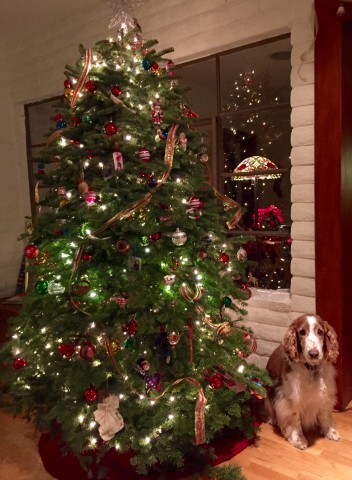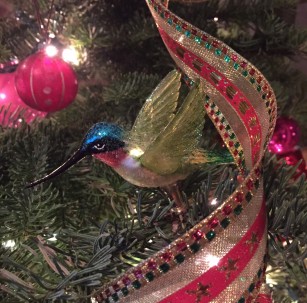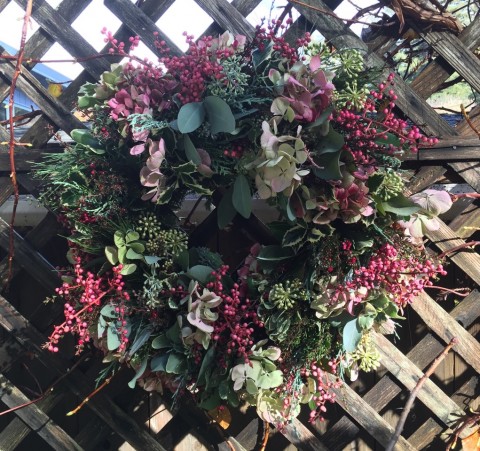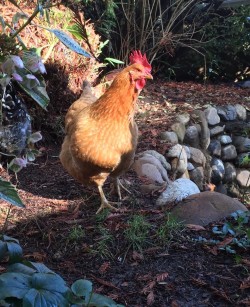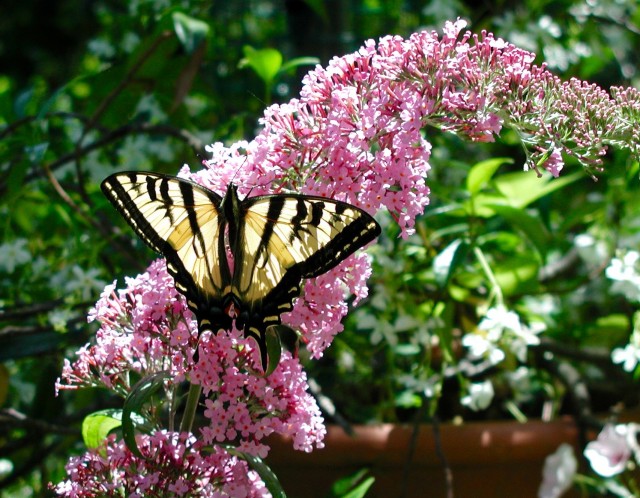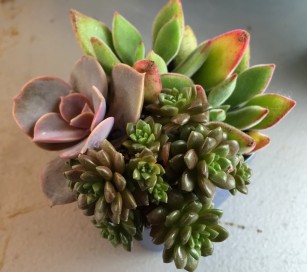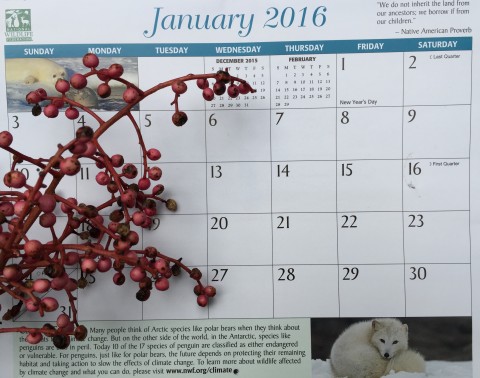
I’m hoping to start 2016 off right. This will be the year when all good intentions pay off in my garden. Since motivation is the key to fruition I’m going on on a limb so to speak and write down my resolutions. I believe simple changes can make a big difference in the garden over time.
Since moving to this garden in Bonny Doon a couple of seasons ago I now have to accept the fact that tall redwoods screen a lot of the sun my garden receives. It’s a difficult situation with shade most of the day except the hottest midday hours. Tough on a shade plant, little blooms on the sun lovers. The gophers have systematically eaten most of the new additions anyway so this year I’m going to move the survivors to the sunniest spots and plant in gopher baskets. I’ve confessed before that I was a little cavalier with my use of gopher baskets in the past but not anymore. This year I resolve to take the extra steps necessary so my hummingbird population will have lots of nectar plants to visit.
Each year I pledge to plant more things to eat. Maybe I can’t grow all the edibles I’d like but I can sure try my hand at those that can get by on 5 hours of sun per day. Edibles in the garden feed both the body and the soul. They are more than just vegetables and fruit trees. When you grow plants you are being a good steward of the land as you enrich the topsoil using sustainable organic techniques. You can connect with neighbors by trading your extra pomegranates for their persimmons. Knowledge of how and what to grow can be exchanged, seeds swapped. Growing edibles is more that time spent doing healthy physical work- it connects us to the earth and to each other.
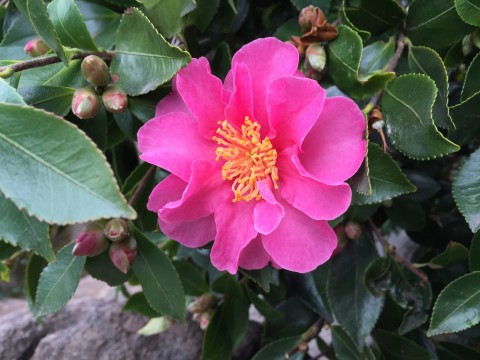
New Years resolutions for gardeners should be mere suggestions. Don?t get hung up on achieving everything you would like. Have I just given myself a bye if my plans don’t pan out this year? Your wish list will serve you well during the cold, wet days of winter even if you don?t get them implemented. Planning landscape changes that conserve water will benefit the environment and your budget. Ordering seeds for the spring garden is great therapy for winter blues and future meals.
Dreaming is more than an idle pursuit. It?s good for you and improves the quality of your life over the long haul. So don?t worry if you don?t get to everything you hoped to accomplish. It?s all in the baby steps. We gardeners are eternal optimists. Why else would we plant a tree or a seed or a garden?
This year I was able to visit some gardens and nurseries in Carmel, the Sawtooth Mountains in Idaho, Yellowstone National Park and Mendocino. There?s no better way to recharge your creative batteries than to see an inspiring landscape. Even a walk around your neighborhood can give you ideas for your own garden. I can?t tell you how many times I?ve seen a huge boulder and wished I could magically transport it to my own yard.
Learn something new every day. Whether it?s something new in the garden or elsewhere, keep learning. I?m continuing my fascination with local mushrooms. This year is starting off great with rainfall coming down at regular intervals. Fungi emerge so quickly and in the most beautiful places. I?m looking forward to the Fungus Fair in January and my stint as a volunteer basketeer.
Enjoy the simple things. Laugh often. Life is not measured by the breaths we take but by the moments that take our breath away. Everyday is a gift, that?s why we call it the present.
Happy New Year from The Mountain Gardener.

